
Book
Dark Commerce
How a New Illicit Economy Is Threatening Our Future
Recommendation
Scholar Louise I. Shelley’s startling overview of international crime – “a $1.6 to $2.2 trillion” annual operation – unveils crime’s broad, destructive impact on society and the planet. The internet has fueled dramatic growth in illicit trade. With a few clicks, anyone can enter an online black market for anything from rhino horns to ransomware. Society pays a price, including e-waste dumping, unregulated mining, deforestation, counterfeit agrochemicals, trade in endangered animals and stolen clean energy credits.
Summary
About the Author
Louise I. Shelley is creator and leader of the Terrorism, Transnational Crime and Corruption Center at George Mason University. She also wrote Human Trafficking and Dirty Entanglements.
Learners who read this summary also read
Book
Book
Book
Report
Book









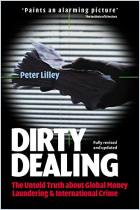
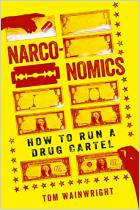
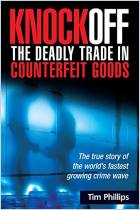

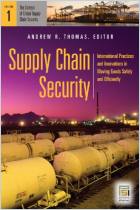
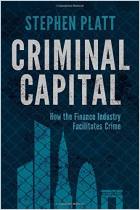






Comment on this summary or 开始讨论